| [1]Orkin SH,Zon LI.Hematopoiesis: an evolving paradigm for stem cell biology.Cell.2008;132(4): 631-644.[2]Verfaillie CM.Hematopoietic stem cells for transplantation.Nat Immunol.2002;3(4):314-317.[3]Tan SL,Ahmad TS,Selvaratnam L,et al.Isolation, characterization and the multi-lineage differentiation potential of rabbit bone marrow-derived mesenchymal stem cells.J Anat.2013;222(4): 437-450.[4]裴雪涛,杨莉,王洪欣,等.成人骨髓间充质干细胞体外扩增和定向诱导分化为骨和软骨细胞的研究[J].自然科学进展, 2001,11(10): 1062-1070.[5]Johansson CB,Momma S,Clarke DL,et al.Identification of a neural stem cell in the adult mammalian central nervous system.Cell.1999;96(1):25-34.[6]Maguire-Zeiss KA1, Short DW, Federoff HJ.Synuclein, dopamine and oxidative stress: co-conspirators in Parkinson's disease?Brain Res Mol Brain Res.2005;134(1):18-23.[7]Jeong JO,Han JW,Kim JM,et al.Malignant tumor formation after transplantation of short-term cultured bone marrow mesenchymal stem cells in experimental myocardial infarction and diabetic neuropathy.Circ Res.2011;108(11):1340-1347.[8]Li L,Xie T.Stem cell niche: structure and function.Annu Rev Cell Dev Biol.2005;21:605-631.[9]Van Laere AS,Nguyen M,Braunschweig M,et al.A regulatory mutation in IGF2 causes a major QTL effect on muscle growth in the pig.Nature.2003;425(6960):832-836.[10]Sugiyama T,Kohara H,Noda M,et al.Maintenance of the hematopoietic stem cell pool by CXCL12-CXCR4 chemokine signaling in bone marrow stromal cell niches.Immunity. 2006; 25(6):977-988.[11]Sacchetti B,Funari A,Michienzi S,et al.Self-renewing osteoprogenitors in bone marrow sinusoids can organize a hematopoietic microenvironment.Cell.2007;131(2):324-336.[12]Rameshwar P,Gascón P.Induction of negative hematopoietic regulators by neurokinin-A in bone marrow stroma.Blood. 1996; 88(1):98-106.[13]Pittenger MF,Mackay AM,Beck SC,et al.Multilineage potential of adult human mesenchymal stem cells.Science. 1999;284 (5411):143-147.[14]Rafii S,Shapiro F,Pettengell R,et al.Human bone marrow microvascular endothelial cells support long-term proliferation and differentiation of myeloid and megakaryocytic progenitors. Blood.1995;86(9):3353-3363.[15]Kacena MA,Shivdasani RA,Wilson K,et al. Megakaryocyte- osteoblast interaction revealed in mice deficient in transcription factors GATA-1 and NF-E2.J Bone Miner Res. 2004;19(4):652-660.[16]Malara A,Currao M,Gruppi C,et al.Megakaryocytes contribute to the bone marrow-matrix environment by expressing fibronectin, type IV collagen, and laminin.Stem cells. 2014; 32(4):926-937.[17]谭竞,刘霆.造血细胞三维培养体系的研究[J].中华血液学杂志, 2008,29(2):138-140.[18]Fares I,Chagraoui J,Gareau Y,et al.Cord blood expansion. Pyrimidoindole derivatives are agonists of human hematopoietic stem cell self-renewal.Science. 2014;345 (6203):1509-1512.[19]Morrison SJ,Scadden DT.The bone marrow niche for haematopoietic stem cells.Nature. 2014;505(7483):327-334.[20]Reinisch A,Thomas D,Corces MR,et al.A humanized bone marrow ossicle xenotransplantation model enables improved engraftment of healthy and leukemic human hematopoietic cells Nat Med. 2016;22(7):812-821.[21]Nicodemus GD,Bryant SJ.Cell encapsulation in biodegradable hydrogels for tissue engineering applications. Tissue Eng Part B Rev.2008;14(2):149-165.[22]Seliktar D.Designing cell-compatible hydrogels for biomedical applications.Science. 2012;336(6085):1124-1128.[23]Cushing MC,Anseth KS.Materials science.Hydrogel cell cultures. Science.2007;316(5828):1133-1134.[24]Shi M,Hu LP,Zhang XB,et al.Effects of catalase on the engraftment of human hematopoietic stem cells in NOD/SCID mice.Zhongguo Shi Yan Xue Ye Xue Za Zhi. 2015;23(1): 183-189.[25]Reinisch A,Etchart N,Thomas D,et al.Epigenetic and in vivo comparison of diverse MSC sources reveals an endochondral signature for human hematopoietic niche formation. Blood. 2015;125(2):249-260.[26]Kubo A,Shinozaki K,Shannon JM,et al.Development of definitive endoderm from embryonic stem cells in culture. Development. 2004;131(7):1651-1662. |
.jpg)
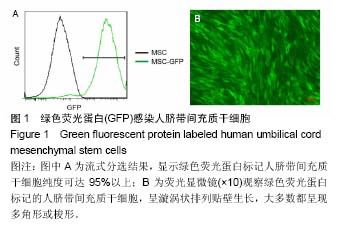
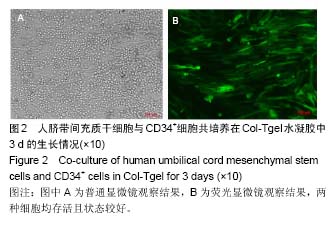

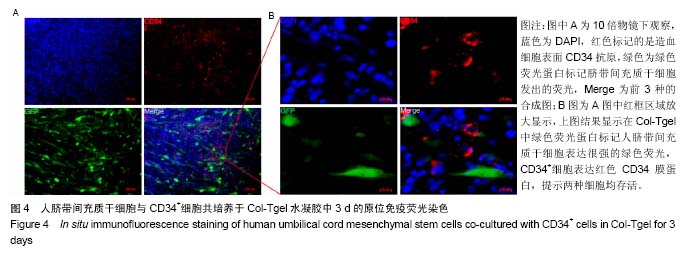
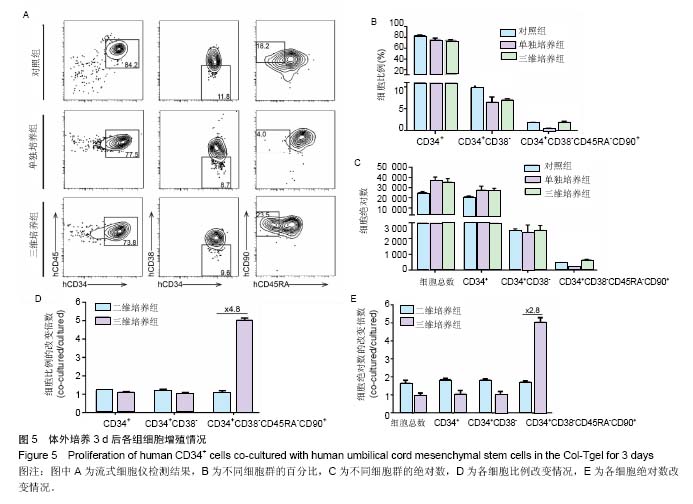
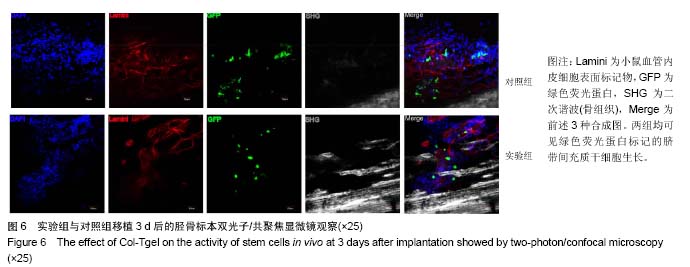
.jpg)